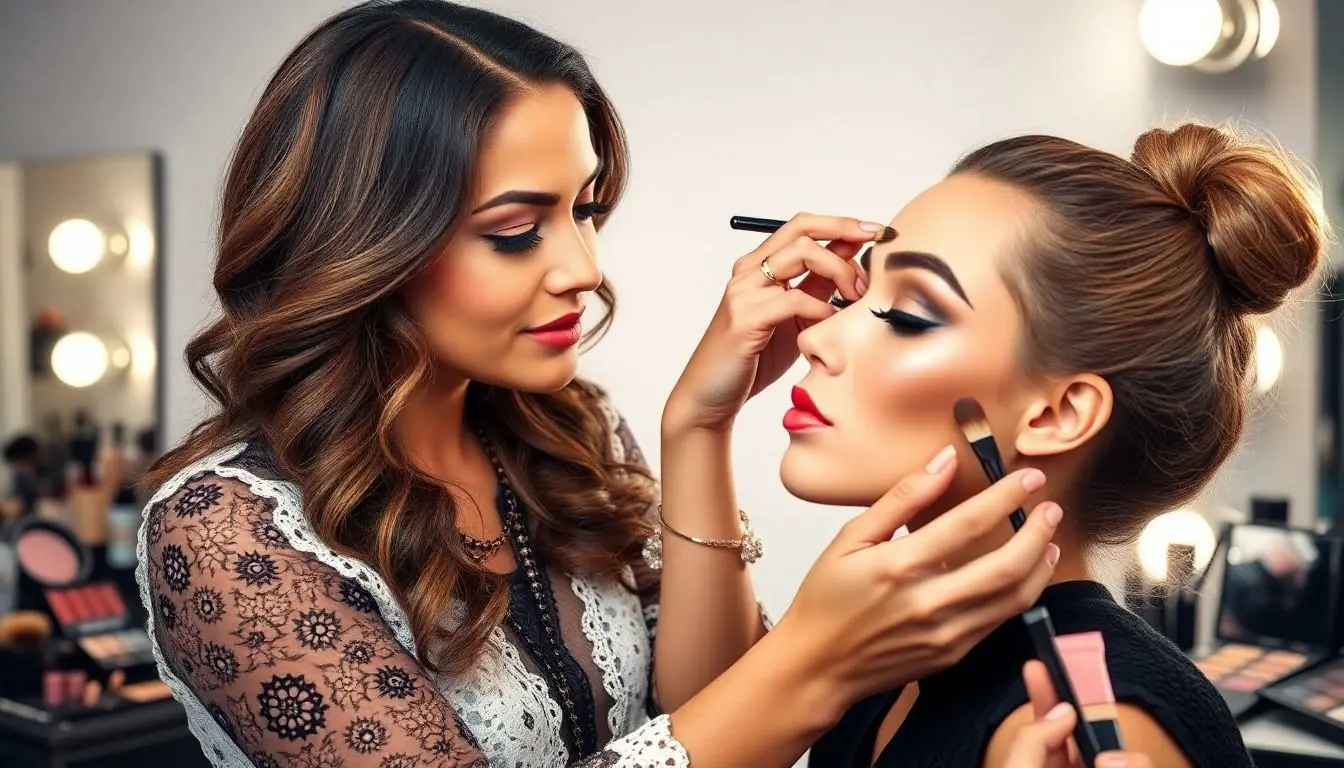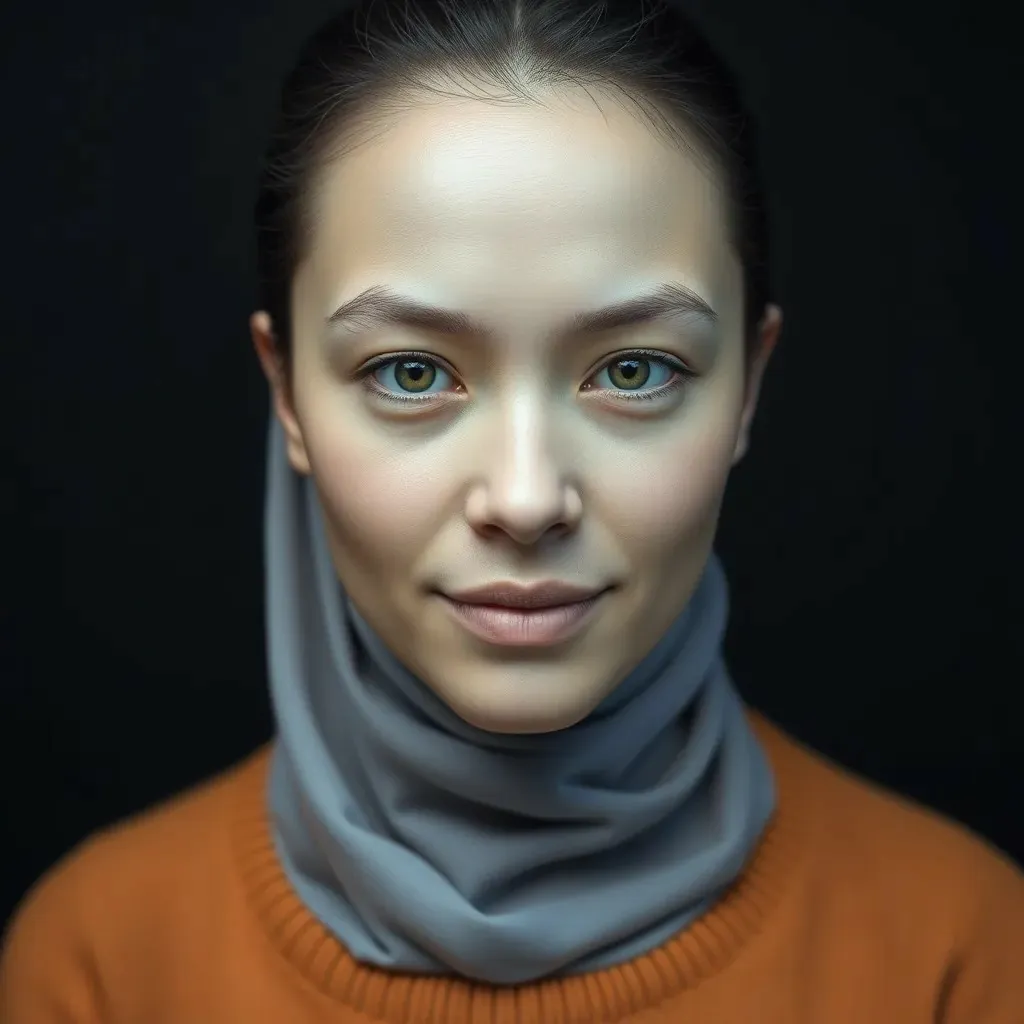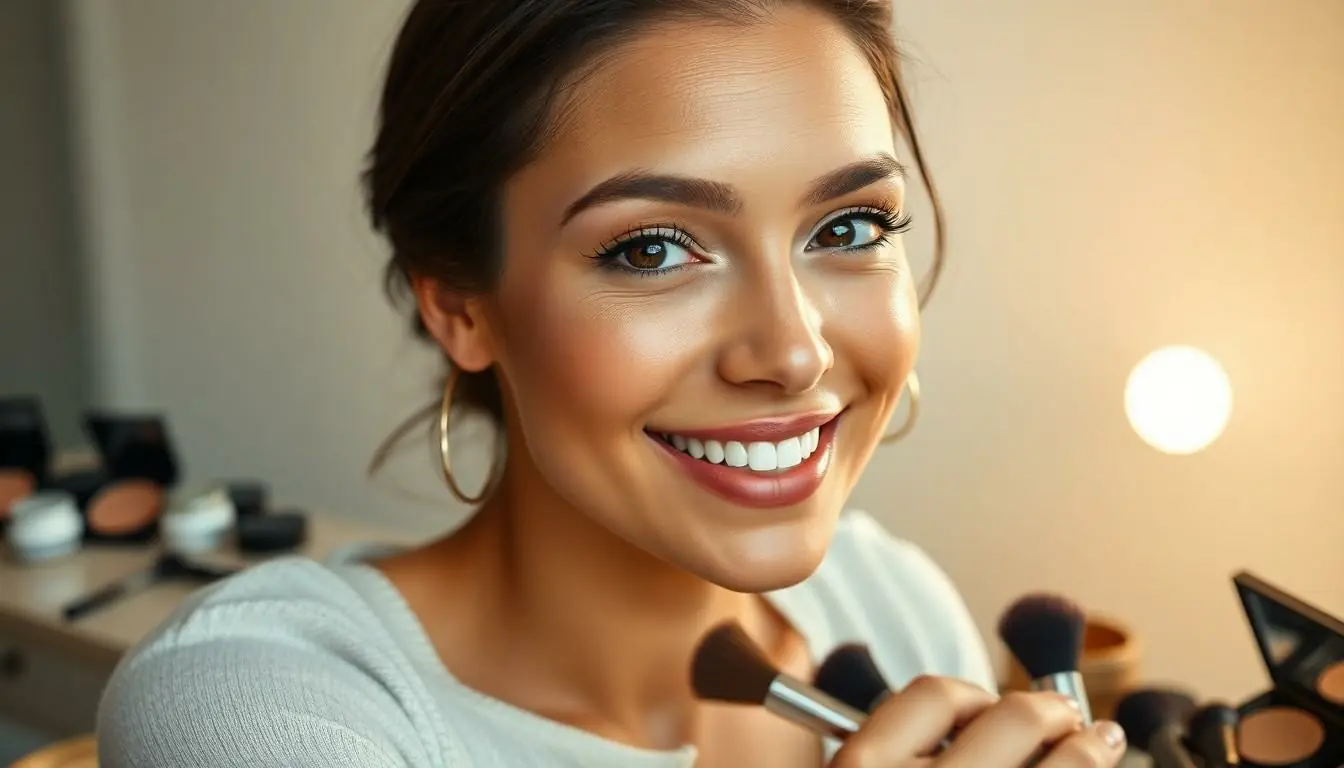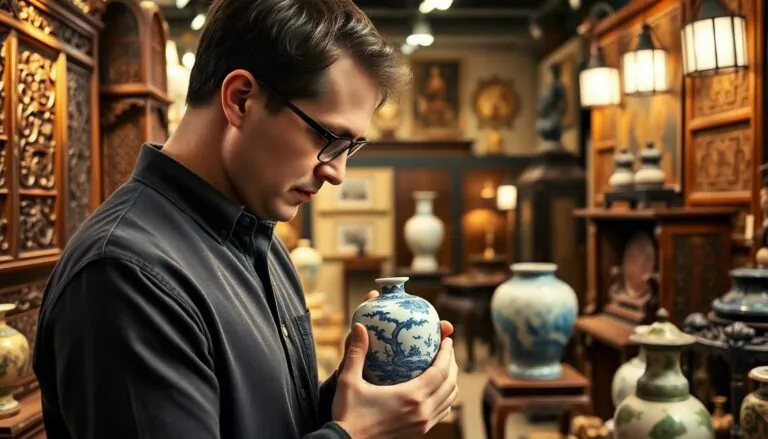Table of Contents
ToggleIn a world where selfies reign supreme and filters can only do so much, contour art emerges as the secret weapon to elevate any look. This captivating technique isn’t just for makeup lovers; it’s a transformative art form that shapes and defines, turning everyday faces into stunning masterpieces. Who knew that sculpting your cheekbones could feel like channeling your inner Michelangelo?
What Is Contour Art?
Contour art refers to a technique that reshapes and enhances the natural structure of the face through makeup application. This approach creates the illusion of more defined cheekbones, a slimmer nose, or a more sculpted jawline. Artists utilize various products, including creams, powders, and sticks, to achieve these effects, focusing on how light and shadow interact.
Techniques vary among individuals, with some preferring subtle enhancements while others opt for dramatic transformations. Contour art involves strategically placing darker products on areas like the sides of the nose and under the cheekbones, while lighter shades highlight the brow bones and cheek tops.
Many individuals incorporate contour art into their daily routines, allowing personal expression and creativity. Not limited to professional makeup artists, this technique can be mastered by anyone willing to practice. Reputable tutorials and workshops exist, guiding beginners through the fundamentals of contouring and highlighting.
Ultimately, contour art does not merely conceal imperfections; it accentuates features and promotes confidence. By understanding the principles of this art form, individuals can transform their look and embrace their unique beauty with ease.
The History of Contour Art

Contour art has its roots in the early 20th century, where makeup evolved from mere application to an artistic practice. This technique started gaining popularity as artists explored how shadows and light could transform the human face.
Origins and Evolution
The origins of contour art trace back to theatrical makeup used to enhance facial features under stage lights. Initially developed for performers, techniques expanded to everyday applications in the 1960s with iconic figures like Cleopatra inspiring trends. Over decades, advancements in makeup formulas and tools refined contouring methods, allowing for more versatile application. Notable milestones include the introduction of innovative products such as cream formulas, powders, and blending sponges. Influences from the fashion and film industries further pushed contour techniques into mainstream beauty practices.
Key Artists and Movements
Several artists significantly shaped contour art’s development and visibility. The 1980s saw the rise of makeup artist Kevyn Aucoin, whose work popularized sculpted cheekbones in celebrity makeup. Various movements also provide an essential backdrop, including the glam rock era that embraced high-contrast looks. Social media played a crucial role in the modern resurgence of contour art. Artists like Kim Kardashian relied on contouring to create signature looks, inspiring countless followers to experiment with facial sculpting. The accessibility of online tutorials democratized these techniques, inviting everyone to embrace artistry in their routines.
Techniques and Styles in Contour Art
Contour art employs various techniques and styles to create stunning visual effects. Mastery of these approaches enables artists to elevate their makeup skills.
Line Drawing Techniques
Line drawing techniques involve using precise strokes to define facial features. Artists often utilize makeup pencils or liquid liners for clean lines. They start by sketching the desired shape, outlining cheekbones, and eyebrows to add structure. Precision in application enhances depth, creating a three-dimensional look. Many artists layer these techniques with blending to soften harsh lines. Practitioners must practice to perfect their control of pressure and motion. Continuous experimentation leads to a unique and refined style.
Use of Color and Shading
The use of color and shading remains fundamental in contour art. Darker shades create shadows, while lighter hues highlight prominent areas. Artists typically apply contour products along the jawline and nose, emphasizing these areas. Additionally, they choose colors that complement their skin tone for a natural finish. Blending seamlessly between shades achieves a cohesive look. Using varied formulas, from creams to powders, allows for different textural effects. Attention to detail in color placement enhances the overall symmetry of the face.
The Impact of Contour Art on Contemporary Art
Contour art significantly influences the landscape of contemporary art. This technique has revolutionized how artists perceive and apply makeup, transforming it into a recognized art form.
Influence on Modern Artists
Modern artists embrace contour art for its versatility and transformative potential. Many utilize contouring techniques to create striking visual statements, pushing boundaries in self-expression. Influencers and makeup artists frequently showcase their interpretations of contour, inspiring countless followers to explore their creativity. New trends emerge constantly, reflecting a broader cultural shift towards individuality. Artists experiment with diverse methods, incorporating contour art into their portfolios. Notably, public figures often leverage these techniques to solidify their artistic identities.
Integration with Other Art Forms
Contour art seamlessly integrates with various art forms, expanding its reach. Many makeup artists collaborate with photographers, combining beauty with visual storytelling. Events like fashion shows utilize contouring to enhance models’ features, creating captivating runway presentations. The crossover into digital art platforms further amplifies contour art’s influence, leading to innovative visual styles. Installation art often features contour perspectives, where makeup becomes a medium for broader social commentary. Communities engage with contour art through workshops, bridging personal expression with collective creativity. The fusion of these disciplines highlights the dynamic nature of contemporary art.
Contour art stands as a powerful tool for self-expression and creativity. By mastering techniques that reshape and enhance facial features, individuals can transform their daily makeup routines into an artistic practice. This evolving art form not only highlights personal beauty but also fosters a sense of confidence and empowerment. As more people embrace contour art, its impact on contemporary culture and personal identity continues to grow. The journey of exploring this technique invites everyone to celebrate their unique features while engaging in a vibrant community of artists and enthusiasts.




